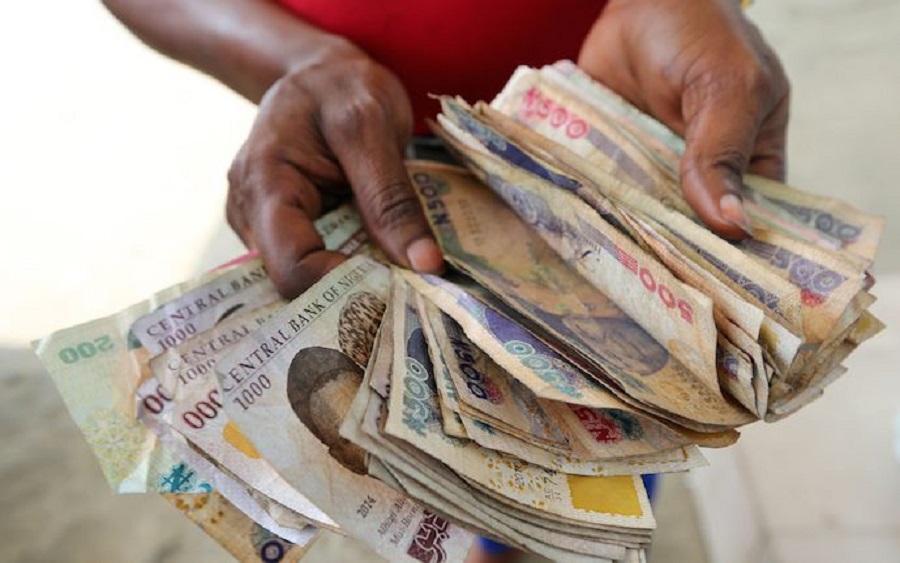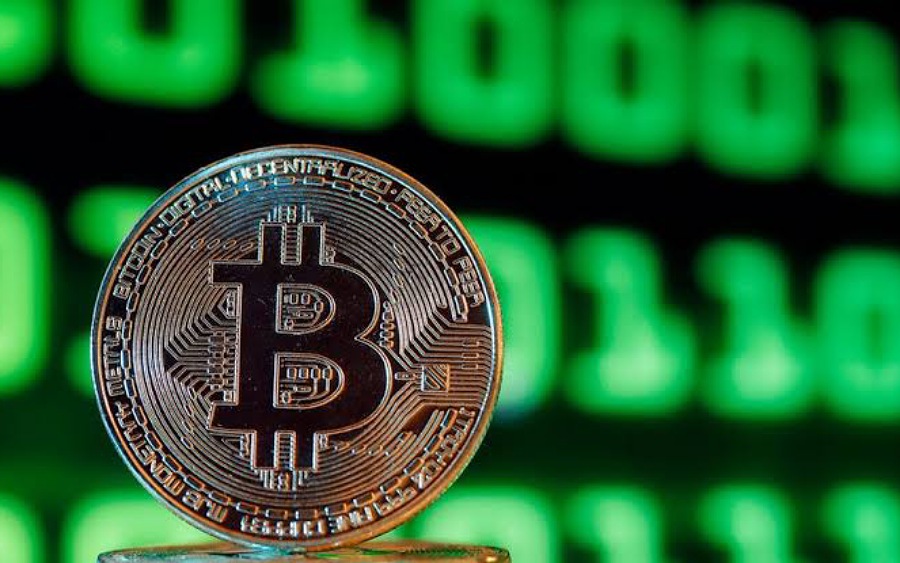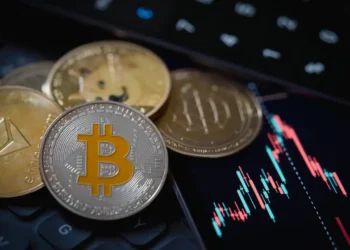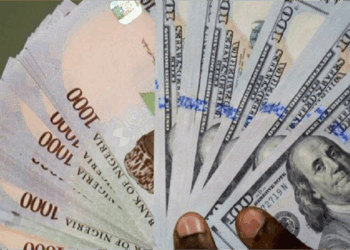Monday, 8th November 2021: The exchange rate between the naira and the US dollar closed at N414.55/$1, at the Investors and Exporters window, where forex is traded officially. Naira depreciated against the US dollar to close at N414.55/$1 on Monday 8th November 2021, representing a 0.06% decline compared to N414.3/$1 recorded at the close of trading activities on Friday, 5th November 2021.
On the other hand, naira remained flat against the US dollar at the parallel market on Monday to close at N570/$1, the same as recorded at the close of trading activities on Wednesday, 3rd November 2021. The exchange rate has remained flat at N570/$1 since 1st November 2021. This is according to information obtained by Nairametrics from BDC operators in Lagos.
Nigeria’s foreign reserve continued on a decline on Friday, 5th November 2021 with a 0.06% drop to close at $41.7 billion. This represents a $24.34 million decline compared to $41.73 billion recorded as of Thursday, 4th November 2021.
Trading at the official NAFEX window
The exchange rate depreciated against the US dollar on Monday, 8th November 2021, to close at N414.55/$1 compared to N414.3/$ recorded in the previous trading session. This represents a 0.06% decline in the country’s exchange rate.
The opening indicative rate closed at N414.01/$1 on Monday. This represents a 12 kobo appreciation compared to N414.13/$1 recorded in the previous trading session.
An exchange rate of N444 to a dollar was the highest rate recorded during intra-day trading before it settled at N414.55/$1, while it sold for as low as N404/$1 during intra-day trading. The highest rate recorded during the day has been the same in the past ten trading sessions.
Forex turnover at the official window surged by 73.7% to $172.25 million on Monday. According to data tracked by Nairametrics from FMDQ, forex turnover at the I&E window increased from $99.14 million recorded on Friday 5th November 2021 to $172.25 million on Monday 8th November 2021.
Cryptocurrency watch
The cryptocurrency market also traded bullish on Monday, as the total industry market capitalisation gained 3.18% on Monday to close at $2.86 trillion, representing an $80.21 billion increase. The rally in the crypto market could be attributed to the positive growth recorded in the prices of Bitcoin and Ethereum.
The flagship crypto asset and the largest by market capitalisation, Bitcoin gained 4.59% to close at $66,203.51 on Monday as of 11:05 pm, while Ethereum gained 3.5% to close at $4,779.19. The crypto assets had hit new record all-time highs in the evening.
Bitcoin’s price at one point rose above $67,700 – eclipsing a previous record set in late October – while Ether, the native token of Ethereum’s blockchain, surpassed $4,800 for the first time ever. These record-breaking moves come amid a wider rally in the crypto market. So-called “Ethereum killers” Solana and Cardano are up 23% and 9% respectively in the last seven days.
Crude oil price
The crude oil market started the week on a bullish note on Monday as Brent Crude gained 1.06% to close at $83.62 per barrel amid the decision of OPEC+ to continue easing their collective crude oil production cuts by 400,000 barrels per day in the coming months.
West Texas Intermediate also closed in the green with a 1.14% gain to close at $82.2 per barrel, OPEC Basket, however, dropped 1.61% to close at $80.11 per barrel. Natural Gas also traded bearish with a 1.7% decline to close at $5.42.
Nigeria’s crude, Bonny Light gained 1.3% to close at $82.59 per barrel on Monday, while Brass River and Qua Iboe both gained 4.3% to close at $83.51 per barrel.
Meanwhile, on Saturday, Saudi Arabia raised the official selling prices (OSPs) for its crude in December to all customers by much more than traders and refiners had expected, suggesting that the world’s largest oil exporter believes the market will continue to tighten.
Saudi Aramco hiked the price of its flagship Arab Light crude grade to Asia for December by $1.40 per barrel to a premium of $2.70 a barrel over the Oman/Dubai average, the benchmark off which Middle East’s crude exports to Asia are being priced.
External reserve
Nigeria’s foreign reserve declined for the sixth consecutive day, having recorded continuous positive growth in the past two months. The country’s reserves decreased by 0.06% to close at $41.7 billion as of 5th November 2021, compared to $41.73 recorded the previous day.
Meanwhile, the nation’s foreign reserve gained $5.04 billion in the month of October, on the back of the $4 billion raised by the federal government from the issuance of Eurobond in the international debt market. The gains recorded in the previous month is higher than the $2.76 billion gain recorded in the month of September 2021, while the recent decrease puts the year-to-date gain at $6.33 billion.
So far in the month of November, Nigeria’s reserve has lost $117.73 million. It is worth noting that the reason for the recent decline remains unclear.


















Hello. Thank you for always keeping us abreast with financial news and the Naira’s performance against the US Dollar.
It will also be helpful to get an idea of the parallel market rates for Abuja as well because some of us do business in Abuja as since the naijabdcs website doesn’t show the parallel rates again, we need a credible source to know what happens in the capital, and if possible, other major cities.
Great job you’re doing!